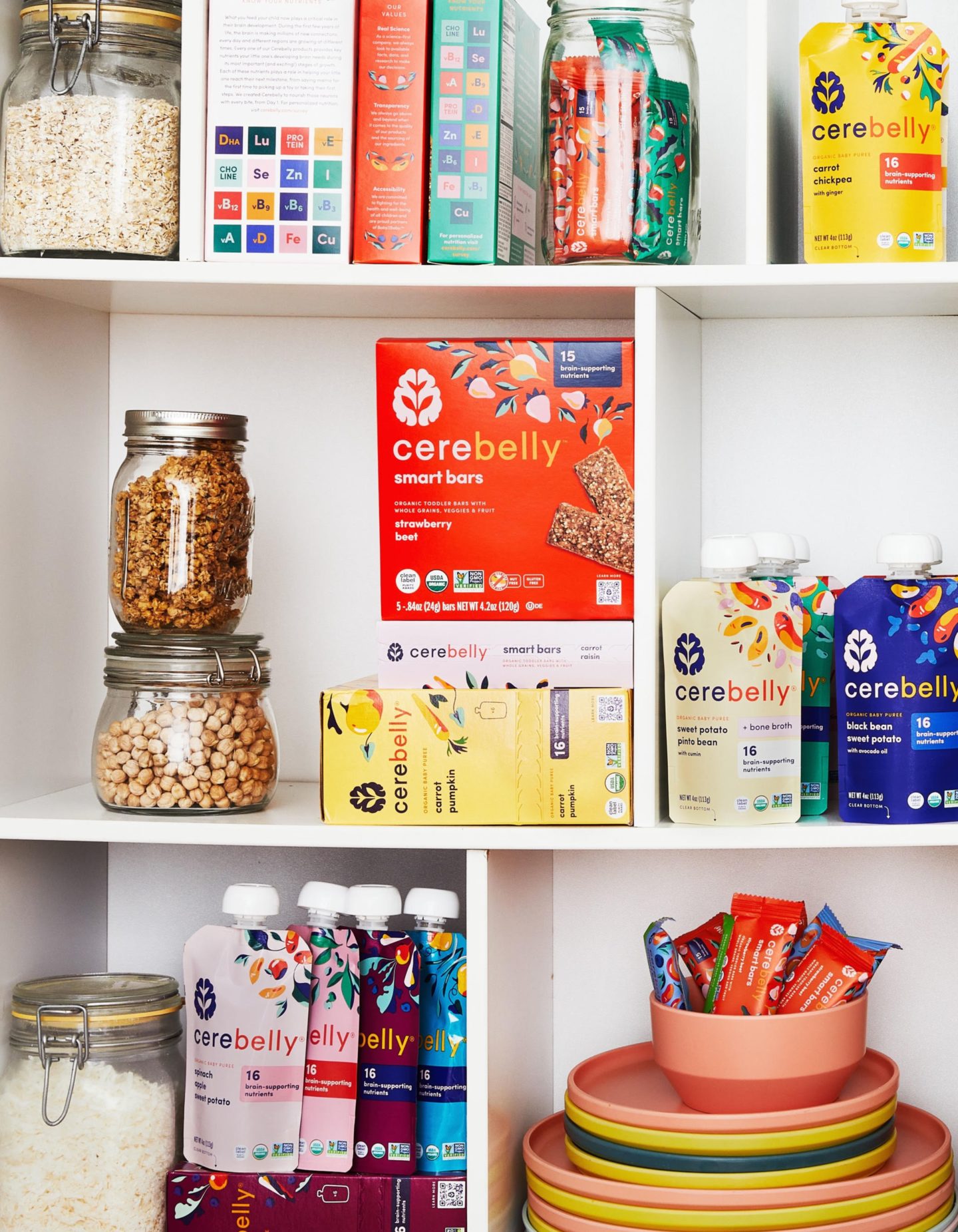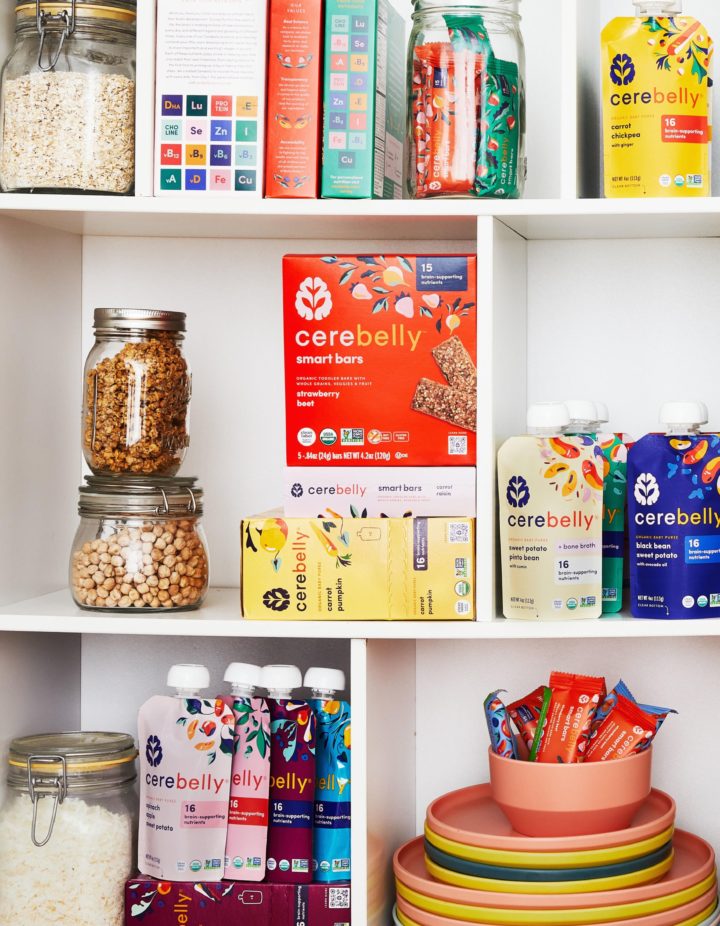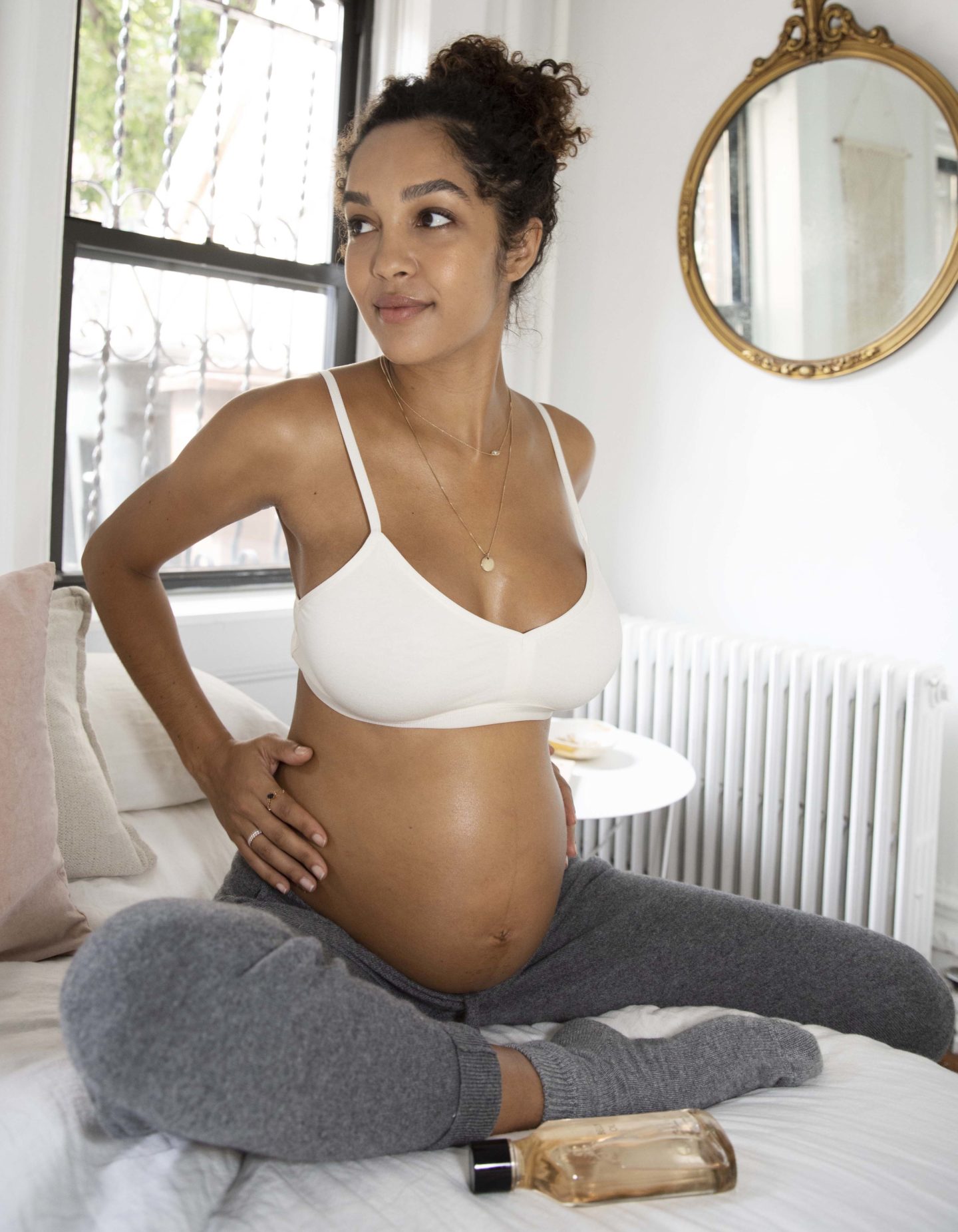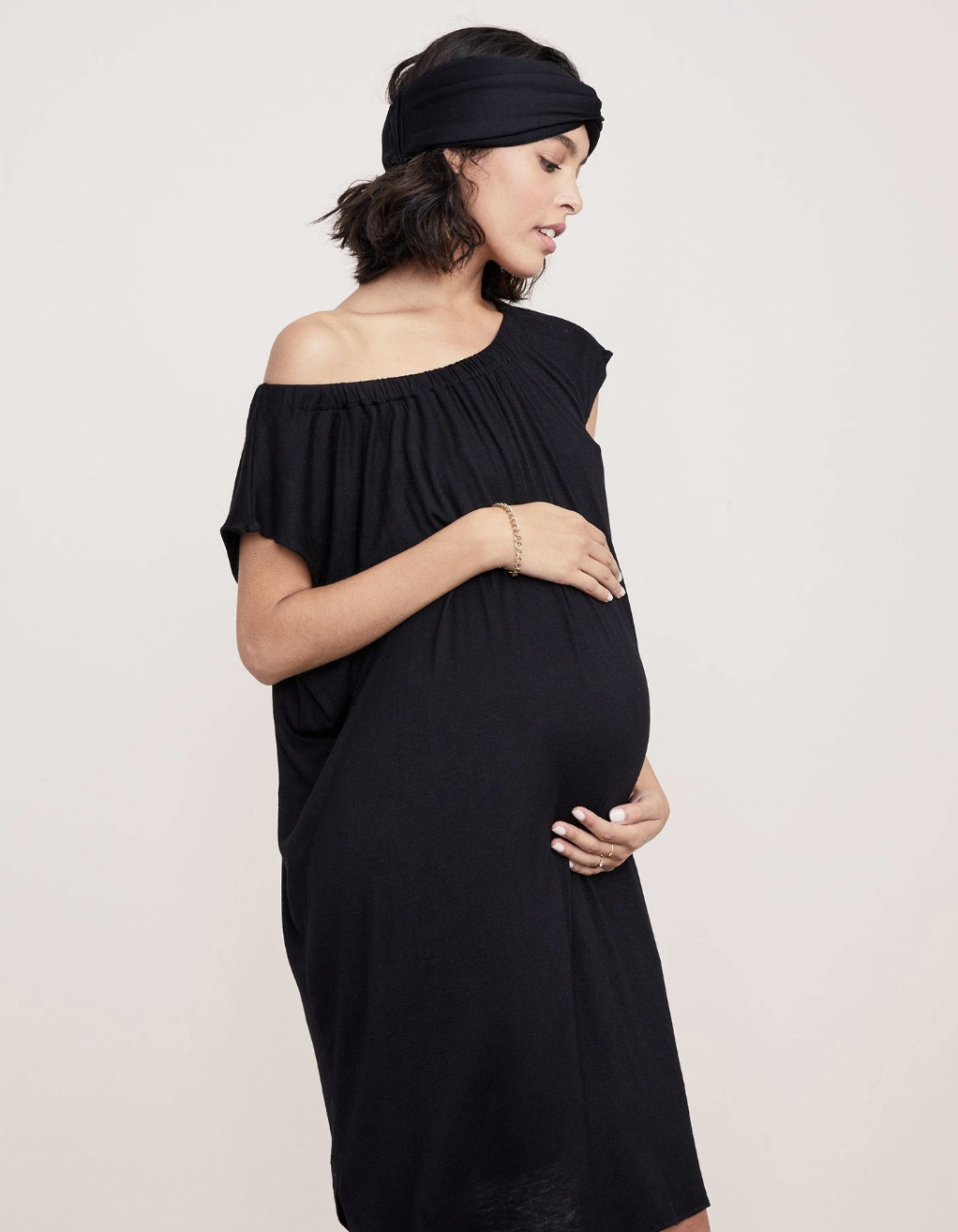Just when you thought that you were in the parenting groove, it’s time to start introducing solid food to your baby. And, just like everything with parenting, what seems simple at first ends up being confusing and overwhelming. There are so many options and opinions! Instead of letting overwhelm get the best of you, here are the top 5 tips for navigating the baby food aisle that will leave you confident to make the best choice for you and your family.
Always Read Nutrient Facts Label First
Spoiler alert: it’s not enough that the baby food is labeled non-GMO and organic. ALWAYS flip around the packaging and read what’s actually in the food and how much is in it. Don’t be fooled by clever marketing, images, colors, and statements on the front-facing packaging- the front is designed to lure you to make purchases without proper analysis. “Just because something is marketed as a ‘spinach snack’ doesn’t mean it actually contains a meaningful amount of spinach,” says Dr. Teresa Purzner, founder of Cerebelly and a neurosurgeon with a Stanford Ph.D. in Developmental Neurobiology. Dr. Purzner advises to always look at the nutrition panel first. She advises looking for nutrients with numbers that are in the double digits, preferably 30-50% of the daily value (how much of that nutrient you need per day).
“Most baby foods have zero percent of many of these essential nutrients. If brain regions grow and peak at different times in the early years and the timing of the nutrients is key, then similarly, baby foods should not be a one-size-fits-all,” says Dr. Purzner. “If you get solid double digits in a couple of nutrients, you’re doing pretty well,” she continued.
Cerebelly is the only organic baby food to contain 16 essential nutrients for brain development that are generally lacking in the average North American infant’s diet. In comparison, the average baby food brand contains only 2 to 4 of these nutrients, and not even in meaningful amounts.
Choose Vegetable Over Fruit-Forward Purees
It’s never too early to introduce nutrient-dense veggies to your baby. Unfortunately, it’s harder to find options that aren’t primarily filled with fruit (a cheaper and naturally more palatable ingredient). “The ingredients on the ingredient list are listed in descending order by weight. So, whatever’s listed first is in the food more than any other ingredient,” says Abby K. Cannon, registered dietitian, and mom to a toddler. “That’s why we want vegetables to be high up on the ingredient list to ensure that our babies are getting enough of what they really need,” she added.
We introduce foods to babies as their brains are developing, so foods taste different at 6 months than at 18 months. And, as different parts of their brains form, they’re making the connections they’ll have for the rest of their lives. Load them up with veggies so “you’re stimulating them over and over with healthy vegetables. That becomes their status quo from which they will build everything else,” says Dr. Purzner.
Even though it’s harder to make veg-first baby food, Cerebelly did it, while also making it delicious for baby.
Be Wary of Sugar Content
When you look at the nutrition panel on many baby foods, you’ll notice a lot of sugar, some salt, and lots of zeros next to specific nutrients. This isn’t ideal for baby’s developing body and taste buds. “In the first 18 months, a kid is really working to develop their palate and figuring out what their normal food is. If all their first experiences are applesauce – which is what a lot of baby pouches are, applesauce with a leaf of spinach or two – then what their brain is going to learn to expect is sugar – empty sugar,” says Dr. Purzner. This makes it harder to introduce vegetables later on.
Babies need many more nutrients than those that fruit alone offers. Babies need protein, iron, b vitamins, fiber, and choline(to name a few). And predominantly fruit-based options don’t contain those essential nutrients. “Even though fruit contains fiber, which is so important for overall health and healthy digestion, most of the pouches contain little to no fiber because of how the food is manufactured,” says Cannon.
Overall, we want to introduce babies to the flavors of vegetables to get them used to those flavors early on. “We don’t want to only mask vegetables with fruit or else we rob babies of the opportunity to develop a taste and liking for vegetables,” says Cannon.
Not All Companies Screen the Same for Heavy Metals – Look for Clean Label Project Certified
Shockingly, there’s little to no regulation around baby food. That means harmful contaminants, like heavy metals, can wind up in the food we feed our babies. Lead, which hinders the entire development of a baby’s brain, has been found in baby food. This is why it’s imperative that you choose a baby food from a brand that screens for heavy metals. Healthy brain development isn’t just about what is inside the food we eat – it’s about what’s NOT inside. What’s the point if you get this perfect nutrition if it’s heavy in lead?
“The heavy metal screening process must take place throughout multiple stages of food processing- from the ingredients to preparation, to the final product,” advises Cannon. Companies need to do their own screening and also hire third-party testers to ensure that their screening process is working. Look for the Clean Label Project Certification on baby food products to ensure that the product doesn’t contain heavy metals. To receive the certification, the Clean Label Project randomly tests products for 400 contaminants. Dr. Purzner made sure when she started Cerebelly that her products would be tested rigorously and Cerebelly is the first ever shelf-stable baby food to get the Clean Label Purity Award.
Look for a variety of ingredients
Finally, we want our babies to get a variety of ingredients in their food because that automatically means that they’re consuming a variety of nutrients. “Use really dense colored vegetables- dark leafy greens, sweet potato, cauliflower- in combination for a lot of different nutrients and to avoid any kind of toxin exposure that’s unique to one type of food,” says Dr. Purzner.
Remember, even if you don’t like a particular food or flavor, doesn’t mean your child won’t like it. We want to expose them to all types of flavors, from savory to bitter to tart to sweet, as early as possible. Between 4 and 6 months, babies are in the “flavor window,” a critical time for developing tastes and food preferences. The more we expose them to the most nutrient-dense foods that support their brain and overall development, the more likely they’ll accept those foods now and later. It can take time for them to accept a food, sometimes 8-15 tries! Keep offering a variety of foods, especially vegetables, to help promote healthier food preferences as your child grows.
It can be overwhelming to choose the best food for your baby. But, by following these 5 tips, you can rest easy knowing that you’ve made a safe and informed choice.
This article was written in partnership with Cerebelly.




